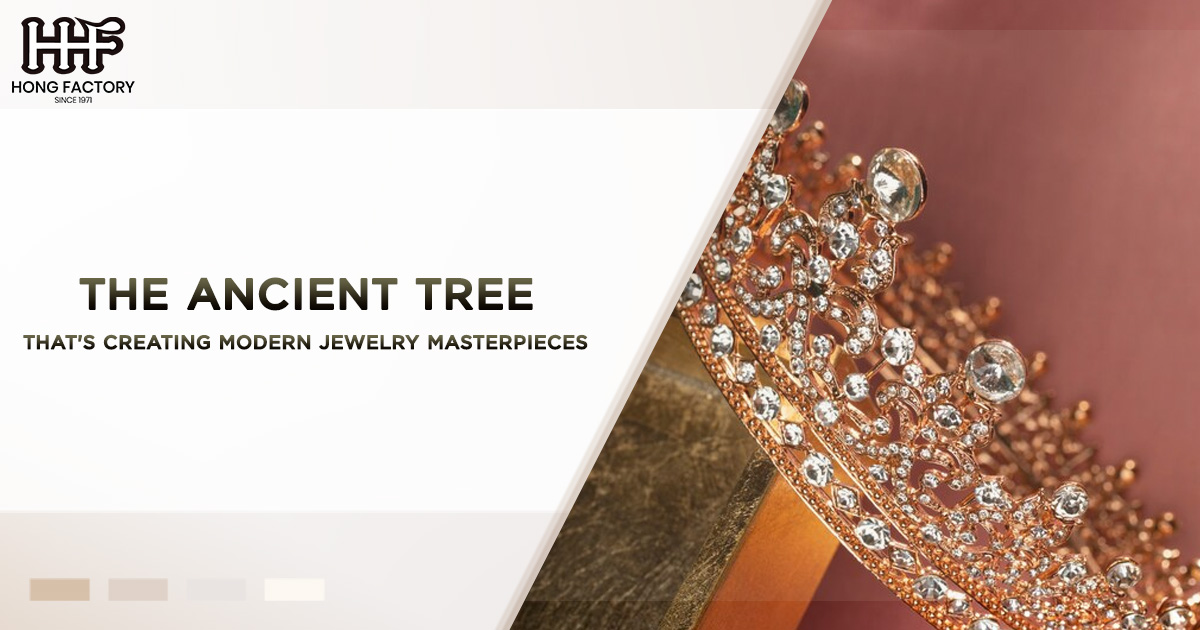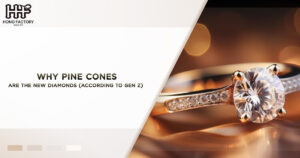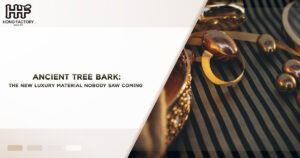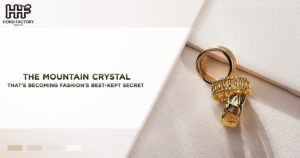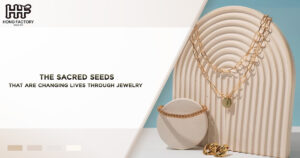Amber, often referred to as “fossilized sunlight,” is one of nature’s most captivating creations. This ancient material, formed from the resin of prehistoric trees, has enchanted humans for centuries. Today, amber is more than just a relic of the past—it is a timeless treasure that continues to inspire modern jewelry masterpieces. Its unique qualities, intriguing history, and stunning versatility make amber jewelry a pinnacle of craftsmanship in contemporary design.
In this article, we will explore the fascinating formation of amber, its natural preservation over millions of years, and how this ancient material is being transformed into modern jewelry that captures the imagination.
What Is Amber? A Window Into the Past
Amber is not a gemstone in the traditional sense. Unlike diamonds, rubies, or sapphires, amber is an organic substance. It is fossilized resin that originates from ancient trees, primarily coniferous species. This resin, which once served as a protective mechanism for trees, hardened over millions of years through a natural process called polymerization.
The allure of amber lies not only in its rich, warm hues—ranging from golden yellows to deep reds and even rare greens and blues—but also in the stories it tells. Some pieces of amber contain inclusions, such as insects, plants, or air bubbles, that were trapped in the resin before it fossilized. These inclusions provide a unique snapshot of prehistoric ecosystems, giving amber its reputation as a “time capsule” of natural history.
How Is Amber Formed? The Journey of Fossilized Resin
From Resin to Fossil: The Science of Amber Formation
Amber begins its life as tree resin, a sticky, viscous substance that trees produce to heal wounds and protect themselves from pests and diseases. Over millions of years, this resin undergoes a fascinating transformation :
- Excretion and Hardening : When a tree is damaged, it secretes resin to seal the wound. This resin gradually hardens as it interacts with oxygen and other environmental factors.
- Burial and Fossilization : Over time, the hardened resin becomes buried under layers of sediment. As geological processes exert pressure and heat, the resin undergoes polymerization, transforming into amber.
- Preservation : Amber’s remarkable ability to preserve organic matter is due to its chemical properties. The resin envelops and protects whatever it traps, preventing decay and fossilizing these inclusions over time.
Variations in Amber Across the Globe
Amber is found in various regions around the world, with notable deposits in the Baltic region, the Dominican Republic, Myanmar (Burma), and Mexico. Each source produces amber with unique characteristics, such as color variations, inclusions, and levels of transparency.
- Baltic Amber : Known for its warm, honey-like hues and high succinic acid content, Baltic amber is the most abundant and widely used type in jewelry.
- Dominican Amber : Renowned for its clarity and vibrant colors, including rare blues and greens.
- Burmese Amber : Often darker and older, Burmese amber is prized for its deep, rich tones.
The Role of Amber in Modern Jewelry Design
Why Amber? The Timeless Appeal of Fossilized Resin
Amber’s natural beauty, lightweight feel, and warm tones make it an ideal material for jewelry. Its organic origins and ancient history add an element of mystique, making each piece of amber jewelry a unique work of art. Beyond aesthetics, amber is also cherished for its metaphysical properties, believed to promote healing, protection, and emotional balance.
Modern jewelry designers are drawn to amber for its versatility. Whether paired with silver, gold, or other precious materials, amber can be crafted into a wide range of pieces, from statement necklaces and bracelets to delicate earrings and rings.
Crafting Contemporary Masterpieces: Amber in Jewelry Making
Techniques for Working With Amber
Transforming raw amber into exquisite jewelry requires a combination of traditional craftsmanship and modern techniques. The process typically involves :
- Cutting and Shaping : Raw amber is carefully cut into desired shapes, such as cabochons, beads, or freeform designs, depending on the jewelry piece.
- Polishing : The surface of the amber is polished to enhance its natural luster and bring out its vibrant colors and inclusions.
- Setting : Amber is often set in precious metals like sterling silver or gold. Jewelers may use minimalist settings to highlight the amber’s natural beauty or incorporate intricate designs to create a more ornate look.
Modern Trends in Amber Jewelry
Amber jewelry has evolved to reflect contemporary fashion trends while honoring its ancient origins. Some modern trends include :
- Minimalist Designs : Sleek, simple pieces that highlight the amber’s natural beauty.
- Statement Pieces : Bold, oversized designs that showcase the uniqueness of each amber stone.
- Mixed Materials : Combining amber with other gemstones, wood, or leather for a modern, eclectic aesthetic.
- Eco-Friendly Jewelry : Amber’s organic origins align with the growing demand for sustainable and eco-conscious jewelry.
The Symbolism and Meaning of Amber Jewelry
Amber has long been associated with symbolic and spiritual meanings. In ancient cultures, it was considered a protective stone, believed to ward off negative energies and promote health and vitality. Today, amber jewelry continues to carry these associations, making it a meaningful gift or personal keepsake.
- Healing Properties : Amber is thought to have calming and pain-relieving properties, often used in holistic medicine.
- Connection to Nature : Wearing amber jewelry is a way to connect with the earth and its ancient history, serving as a reminder of the natural world’s beauty and resilience.
How to Care for Amber Jewelry
Amber is a delicate material that requires special care to maintain its beauty :
- Avoid Harsh Chemicals : Amber can be damaged by perfumes, hairsprays, and cleaning agents. Always remove your jewelry before applying such products.
- Clean Gently : Use a soft, damp cloth to clean amber, and avoid using abrasive materials or ultrasonic cleaners.
- Store Safely : Store amber jewelry separately from other pieces to prevent scratches. Keep it in a soft pouch or lined jewelry box.
The Future of Amber Jewelry – A Blend of Tradition and Innovation
As jewelry designers continue to experiment with amber, the possibilities for innovation are endless. Advances in technology, such as 3D printing and laser cutting, are opening new doors for creative expression. Meanwhile, the growing interest in sustainable and eco-friendly fashion ensures that amber, with its natural origins and timeless appeal, will remain a sought-after material.
Conclusion
Amber jewelry is a testament to the enduring beauty of ancient materials. From its humble beginnings as tree resin millions of years ago to its transformation into modern masterpieces, amber captures the imagination like no other substance. Its fossilized inclusions offer a glimpse into Earth’s prehistoric past, while its versatility and charm make it a favorite among contemporary jewelry designers.
Whether you are drawn to its warm hues, fascinated by its natural preservation, or captivated by its symbolic meanings, amber jewelry is a celebration of history, craftsmanship, and the timeless allure of nature.
